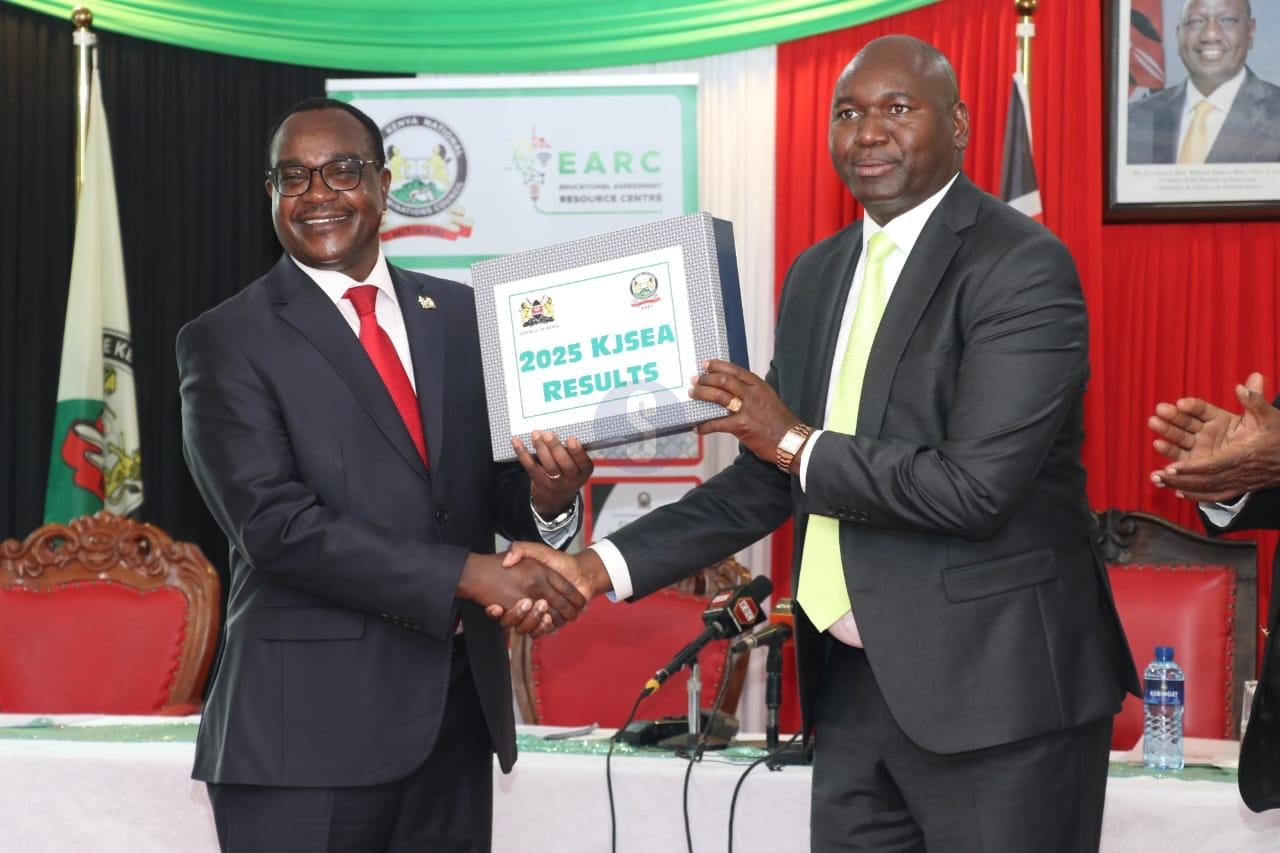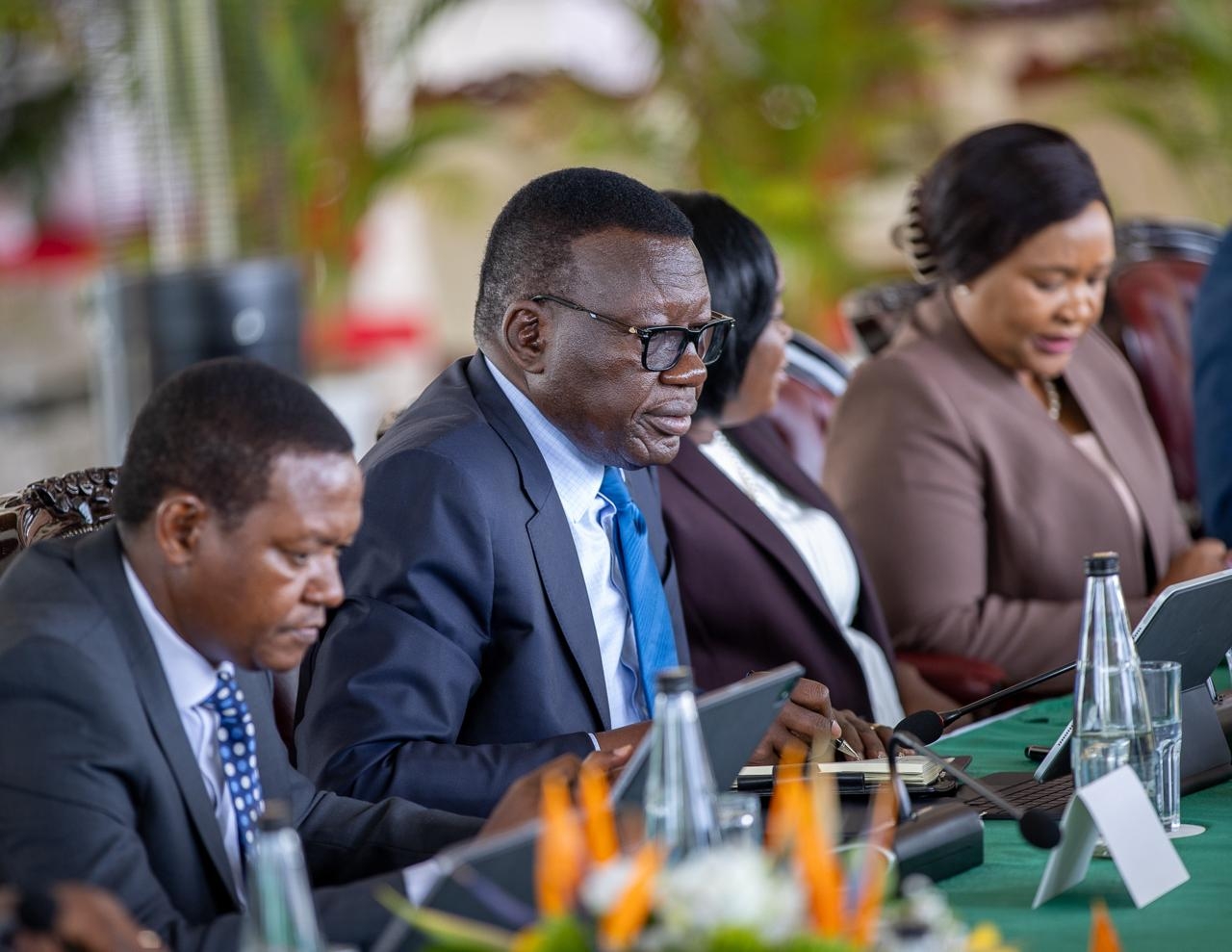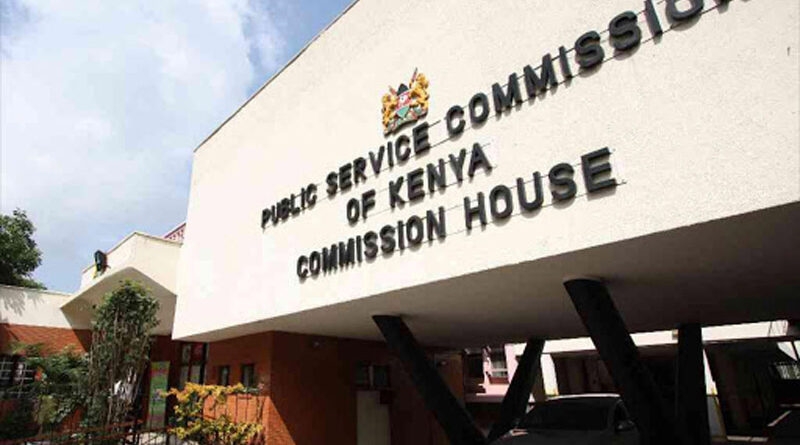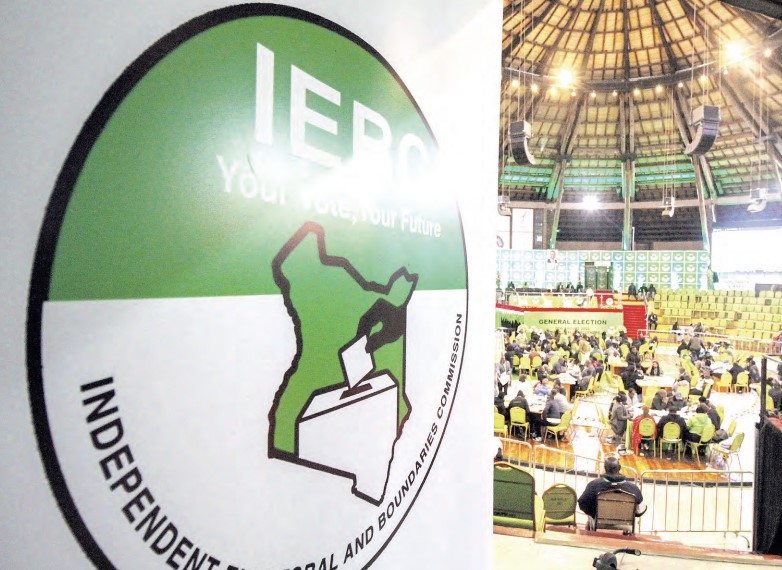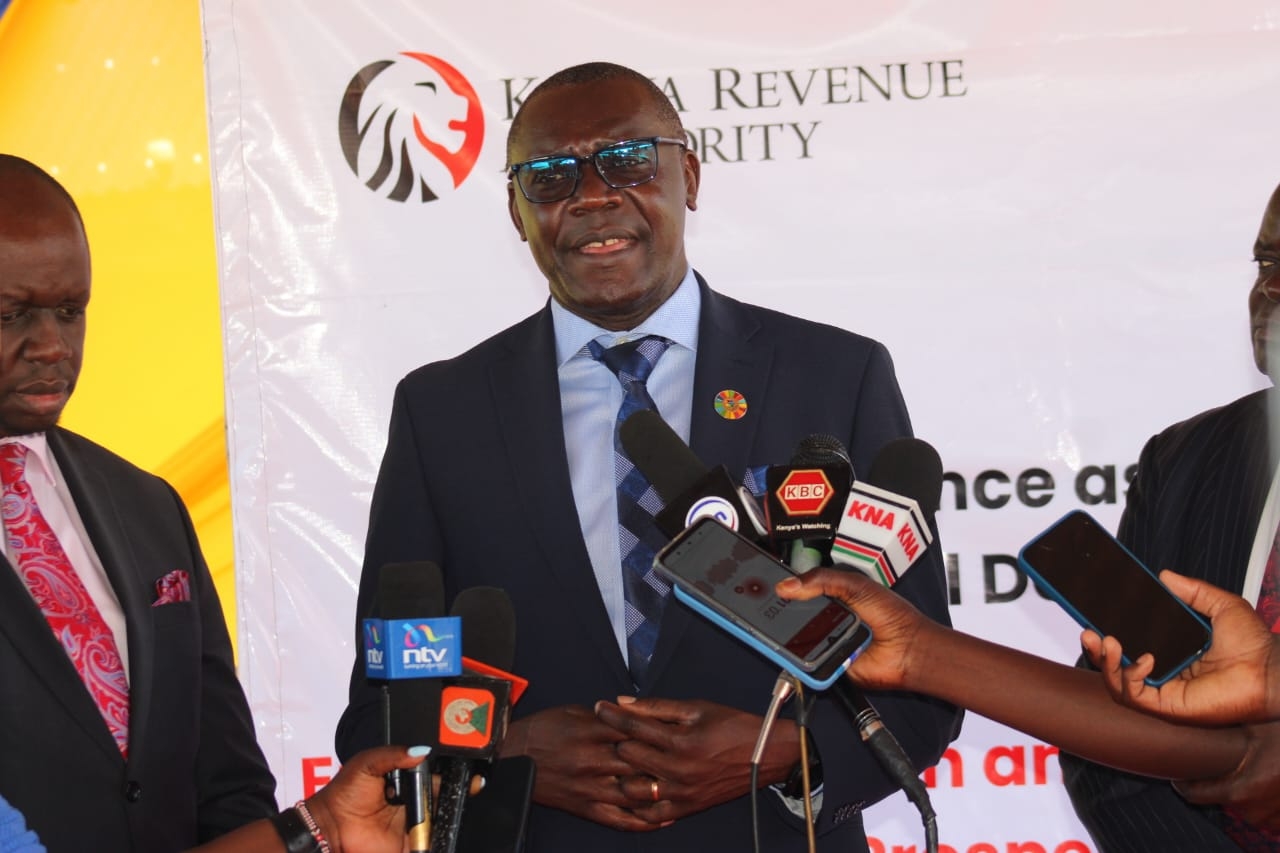
Kenya has taken a major step towards climate risk preparedness with the official launch of the Tana River Basin Early Warning System (EWS) Initiative.
A high-level consultative meeting at a Naivasha hotel marked the roll-out of the Early Warnings for All (EW4ALL) global initiative in Garissa and Tana River counties, supported by the United Kingdom through the WISER Kenya project.
“This launch underscores our shared commitment to protecting lives and livelihoods from climate-related disasters. The Tana Basin EWS will be a model for early warning systems in Africa,” Kenya Meteorological Department deputy director Charles Mugah said.
The EW4ALL initiative, led by the United Nations, aims to ensure that by 2027, everyone on Earth is protected by life-saving early warning systems.
The Tana River Basin Early Warning System aligns with this vision and reaffirms Kenya’s commitment to reducing the human and economic toll of climate-induced disasters.
The UK government’s consistent support for climate information services in Kenya through WISER has been crucial in turning weather forecasts into early, decisive action.
The second phase of the WISER-Kenya project builds on previous successes, expanding impact in the counties most exposed to climate risk.
The initiative to be implemented by the UK Met Office in partnership with the IGAD Climate Prediction and Applications Centre (ICPAC), KMD and the Kenya Red Cross Society is a part of the broader Weather and Climate Information Services for Africa project.
The UK Foreign, Commonwealth and Development Office is funding the project focusing on strengthening climate resilience among vulnerable communities, targeting people living with disabilities, women, the elderly and the youth.
The Tana River basin spans over 100,000 square kilometres, with a population of 6.96 million according to the Kenya Population and Housing Census of 2019 and a population density of 55 persons per square kilometre.
The majority of the population’s livelihoods are dependent on agriculture, pastoralism and fishing, while the River Tana is key in hydroelectric power generation.
Extreme weather events, including cyclic droughts and the recent El Niño-triggered floods in 2023, are heavily impacting livelihoods.
“As climate shocks become more intense and frequent, this collaborative effort highlights how international partnerships, local expertise and community engagement can work together to safeguard lives, livelihoods and development gains in Kenya and beyond,” said Dr Phillip Omondi, WISER Kenya lead.
The Tana Basin Early Warning System Initiative seeks to provide timely, reliable, and impact-based forecasts that empower communities to take early action and mitigate risk.
The consultative forum brought together key national and county stakeholders, including representatives from KMD, the National Drought Management Authority, Water Resources Authority, National Disaster Operations Centre, National Irrigation Authority, and senior officials from the counties of Garissa and Tana River.
Technical discussions during the meeting focused on the co-production of climate services, data sharing protocols, and the design of locally relevant warning messages.


